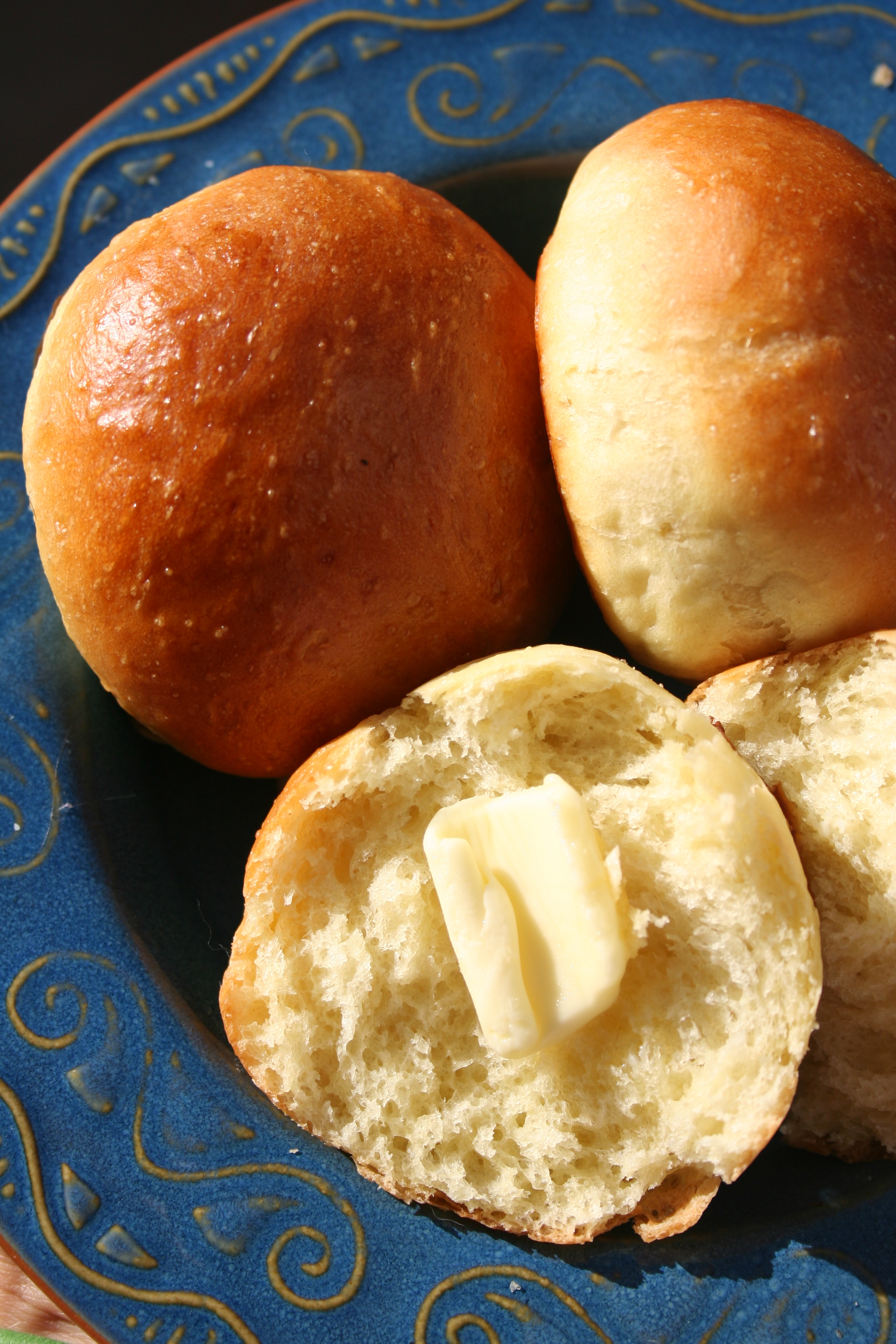Nope. Skyr is not yogurt. Nope. Skyr is not cheese. But what is it? Let's explore.
Not so long ago I was contacted by a company called Icelandic Provisions. They wanted to send me samples of something called Skyr. Since I love free stuff, my first response was "sure". But then a quick and rapid second response in my own head followed: "What the heck is skyr?".
Turns out that skyr has been #trending for a few years with foodies, but like with most trends (for instance, I only discovered Seinfeld a few years ago) I am late to the party.
I briefly forgot about this question until I received a packet of coupons (good time for a little disclosure: Yes, I was given skyr-for-free coupons, though I was not paid for this post) for free skyr. So I went on over to the grocery store and picked some up.
One might be tempted to think that skyr is yogurt. From a little distance, skyr looks like yogurt. The packaging looks like yogurt. You find it in the grocery store in the yogurt section.
But, to recall an SNL skit from the 90s...
The short answer is: that's not yogurt.
But what is it?
OK, I am really tempted to go down a "not yogurt" response loop with you but I am resisting the urge because I too was curious.
In this Cook's Science article (which is actually far better and more comprehensive than anything I am going to write on the subject), it begins with an intriguing lead-in:
"In America, skyr is found in the yogurt aisle and is labeled as yogurt. However, if you are lucky enough to visit Iceland, people there will tell you that skyr is not a yogurt at all, but rather a cheese."
As the article goes on to say,
"The traditional recipe for skyr involves taking milk (skim or low-fat) and heating it with a bit of old skyr from a previous batch, which is added as a starter, Jónsson explained. Rennet may also be added, and after curds form, the whey is drained slowly for many hours to create a thick, sour product...Rennet? That sounds a lot like cheese."
The article goes on to explore whether skyr is yogurt or cheese on a number of different levels. On the one hand, it's strained. That's pretty cheese-like, right? But then wait, greek yogurt is strained too, so now we've opened up another big question: is greek yogurt actually cheese?
Then, there's a fascinating review of a blind taste test where people tried various yogurts and skyr. Few were able to identify it as skyr, but at the same time, they knew it wasn't greek yogurt. One of the most common comments was that they found it "cheesy".
I made these rolls with skyr instead of the sour cream called for in the recipe.
Baking and cooking with skyr
Regardless of where you fall on the "is it yogurt or is it cheese" debate, let's talk about where and when you can use skyr. Personally, I have found that skyr works in any recipe where one might use greek yogurt or sour cream. For instance, I recently made some rolls which called for sour cream and used plain skyr instead. Worked great! One caveat is that in general, since there are less skyr options in the store than yogurt, it can be find to locate plain skyr: I was only able to find vanilla in most stores, so in terms of baking and cooking, that can limit where you might use it.
So...what is skyr?
Personally, I think that we can just nip the entire argument in the bud and call skyr, well...skyr. It's not yogurt and it's not cheese. It is its own thing entirely.
But I recognize that you might not be willing to take my word for it quite that easily. SO, I'll tell you how skyr is made and you can decide for yourself.
The basic process of making skyr
To make skyr, you start with milk and a skyr starter. In Iceland, apparently there are skyr starters that are centuries-old; if you wanted to make skyr in the USA, you could simply start by using a tablespoon of skyr from a package you purchased.
Then, you'll heat and cool the milk and skyr mixture, carefully monitoring the temperatures. You'll then let it cool. As it thickens, it will curdle and separate.
Once separated, you'll go ahead and strain the skyr; you can drink the wet whey as a probiotic type of drink or toss it, and save the skyr in the refrigerator.
If you want a full recipe, you can check out this website.
My final thoughts
Not to repeat myself (here I go repeating myself) but ultimately, I think that skyr has characteristics of both cheese and yogurt; in looking at the recipe, it's very similar to both recipes for making homemade yogurt and cheese.
So when it comes down to it, what differentiates skyr is the bacteria: a skyr starter is not yogurt nor is it cheese.
Which brings me back to my initial point: skyr is, well, skyr.



